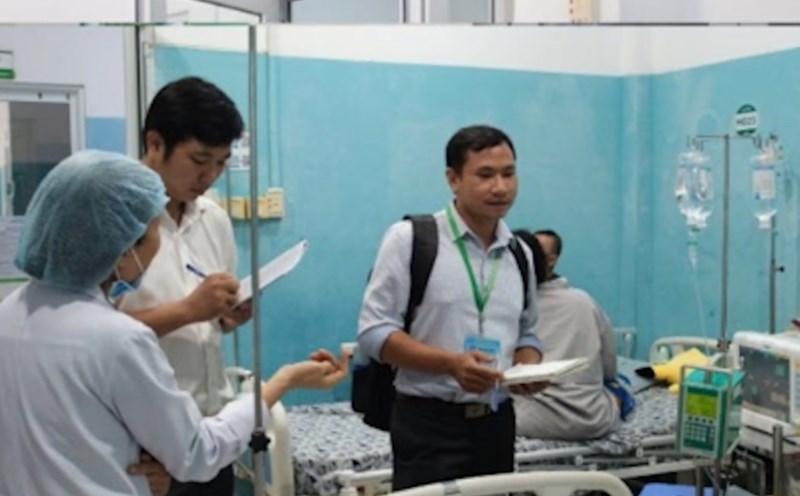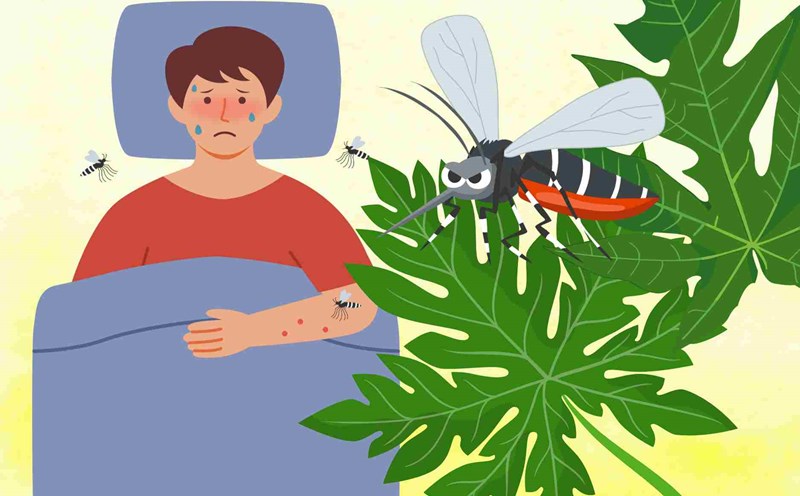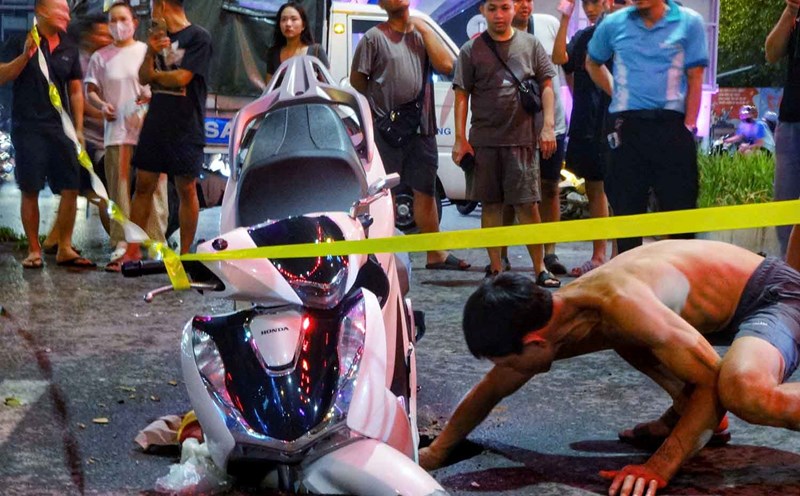As of July 19, 2025, the country has recorded 38,222 cases, including 5 deaths. Although the number of cases decreased by 4.6% compared to the same period in 2024, in week 29 (12-19.7), the number of new cases increased by 27.9% compared to the previous week, showing an alarming increase in the rate of spread.
The epidemic has appeared in 60/63 provinces and cities, of which 75.4% of cases are concentrated in the South, an area that is a traditional "hot spot" for dengue fever.
In Ho Chi Minh City alone, the epidemic is developing very complicatedly and is at risk of getting out of control if not intervened drastically.
As of July 15, the city recorded 15,546 cases, an increase of 157.9% over the same period last year and 10 deaths. The old Ho Chi Minh City area accounted for 11,914 cases (up 167.1%), of which 222 were severe cases, 2.4 times higher than in 2024.
Binh Duong recorded 2,695 cases, an increase of 148%, with the number of severe cases 5 times higher than the same period and 3 deaths. Ba Ria - Vung Tau is no exception, with 929 cases and 1 death.
According to medical experts, dengue fever used to have a 5-year cycle with a " rest" period between epidemics.
However, according to experts, this cycle has now been shortened to 2 years, and the epidemic is no longer limited by season. From June to July, the number of cases has increased rapidly and often peaks in October, coinciding with the period of heavy rain, high humidity, increased average temperatures, ideal conditions for Aedes mosquitoes to grow.
Associate Professor, Dr. Pham Quang Thai, Deputy Head of the Department of Infectious Disease Control (Central Institute of Hygiene and Epidemiology) warned that dengue fever is now not only spreading in densely populated urban areas but also spreading to previously peaceful mountainous areas.
More worryingly, even in high-rise buildings, mosquitoes can still survive and transmit diseases if environmental sanitation conditions are neglected. This poses an urgent need for a comprehensive vector control strategy that does not limit space and time.
One of the most serious problems at present is the subjectivity of the people. Many cases mistaken dengue fever for flu, self-treat at home, and even receive the correct fluid.
When arriving at the hospital, the disease progressed severely, causing shock, multiple organ failure, internal bleeding, severe thrombocytopenia... There were healthy patients, no underlying diseases, but after only 4-5 days the fever had fallen into critical condition.
Associate Professor, Dr. Do Duy Cuong, Director of the Institute of Tropical Medicine (Bach Mai Hospital), shared a case of a student in a rented room self-treating because he thought he had just the common flu, when admitted to the hospital on the 5th day, he showed signs of blood clotting and severe circulatory failure.
Such serious cases not only threaten their lives but also consume huge medical resources, in some cases requiring several months of treatment with a cost of nearly 1 billion VND.
Not stopping there, many patients also have to face post-rehabilitation sequelae such as hair loss, insomnia, prolonged fatigue, and even psychological disorders.
This shows that dengue fever is not only a " passing and ending" disease but can have a long-term impact on the quality of life. Currently, there are 2 types of live vaccines to reduce the toxicity of dengue fever vaccine approved in the world, of which Takeda's vaccine has been licensed in 40 countries, with more than 12 million doses in use.
In Vietnam, only one vaccine is licensed for use in people aged 4 and over. This is a recombined vaccine, developed based on the DENV-2 virus bone framework, to create balanced immunity for all 4 types of viruses.
The World Health Organization (WHO) has recommended that countries with high rates of infection such as Vietnam should include dengue fever vaccine in the expanded immunization program.
However, experts warn that the vaccine cannot replace proactive vector control and prevention measures such as environmental sanitation, mosquito repellent control, and chemical spraying at the right time and with the right technique.











